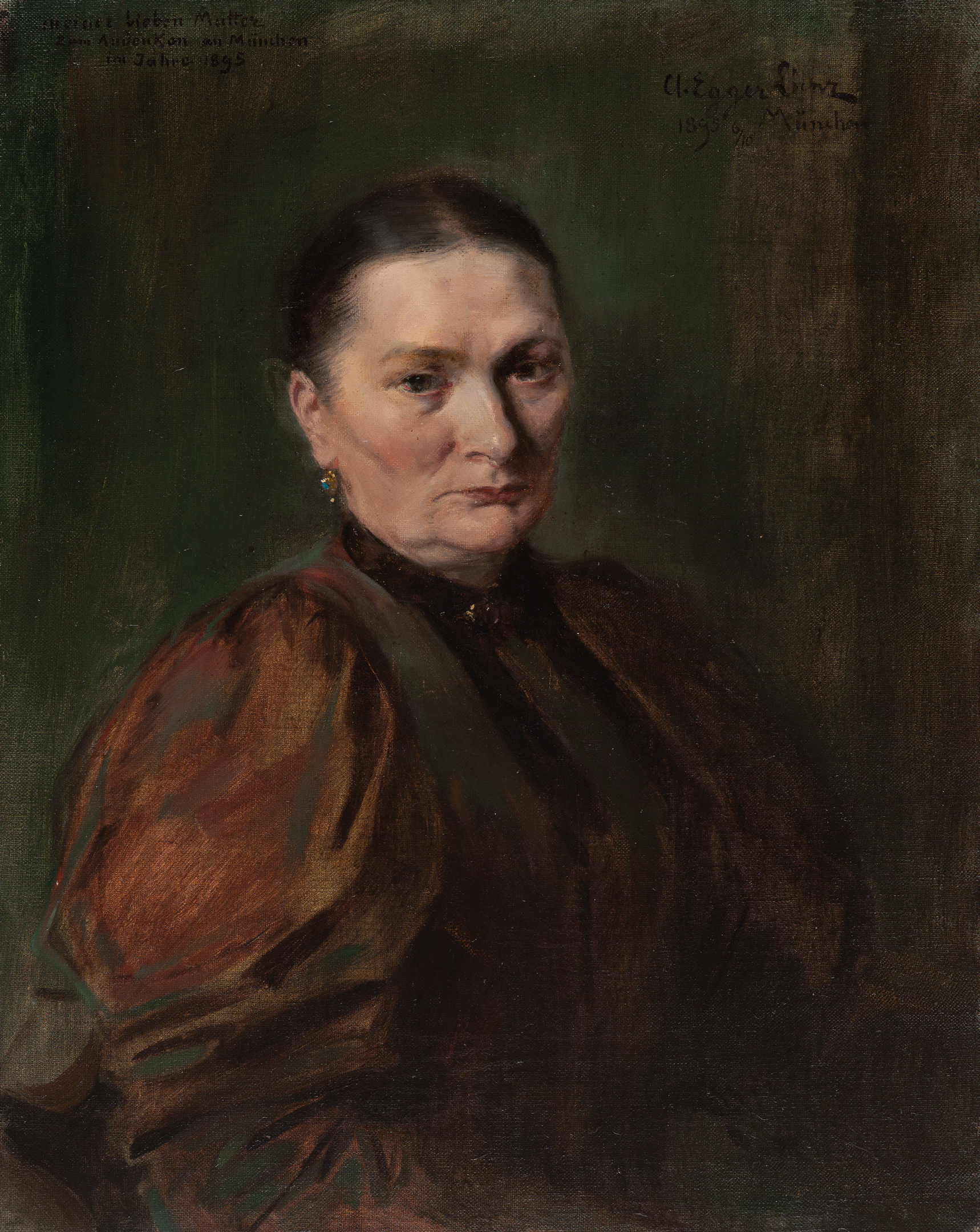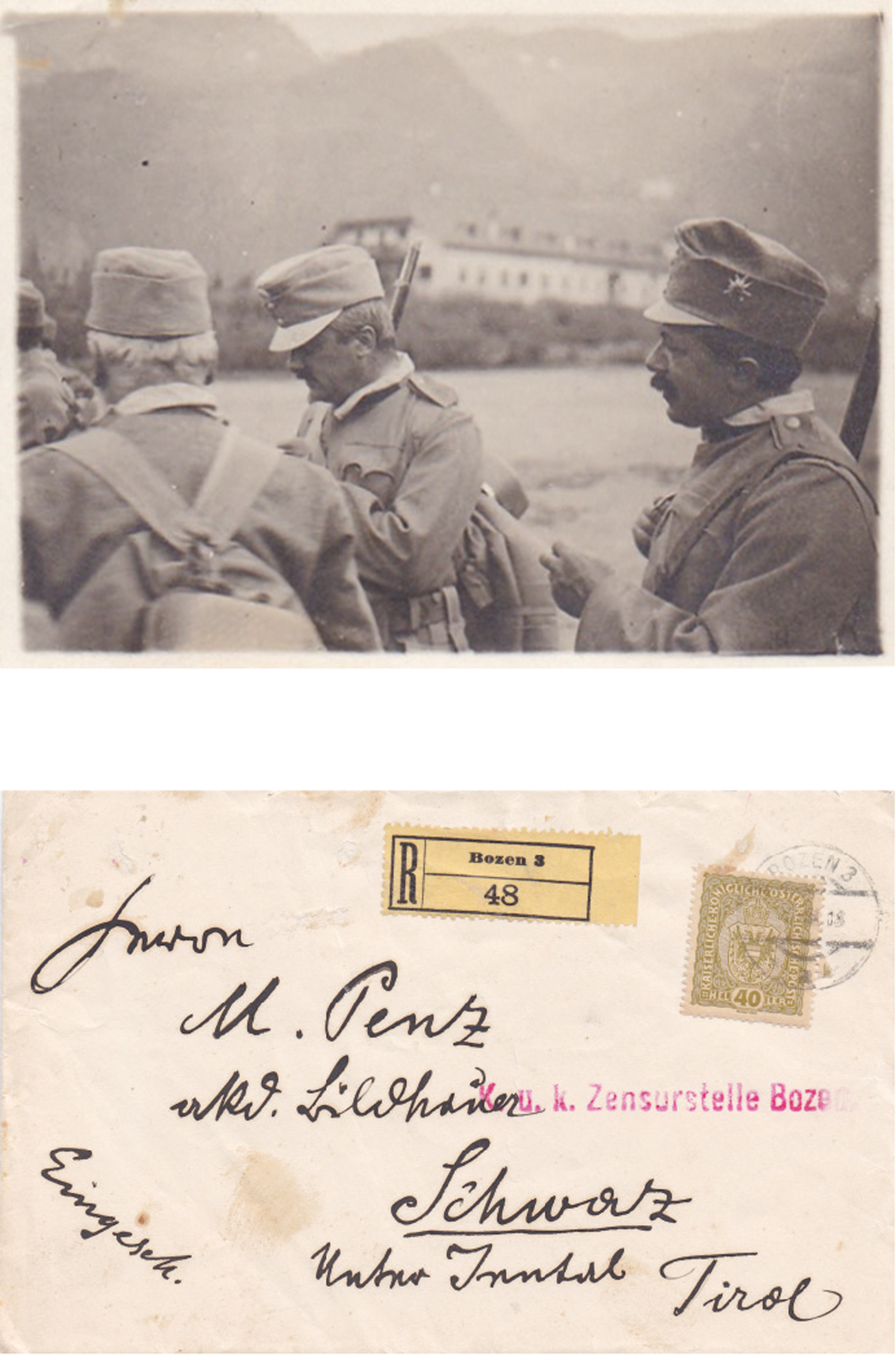Albin Egger-Lienz
Biographical Overview

Born on January 29 in Stribach, the Dölsach municipality near Lienz as the illegitimate child of Maria Trojer and Georg Egger, christened with the name Ingenuin Albuin Trojer. He grows up with his father, who is a photographer, and his family.
Illustration: Albin Egger-Lienz, Portrait of the artist’s mother, Maria Trojer, 1895 (Bozner Kunstauktionen, 2./3.12.2022, no. 481)
“Ave nach der Schlacht am Bergisel” (Prayer after the Battle of Bergisel).

Active as a “civilian war painter” following a two-week deployment as a rifle guard in Riva’s border region. Paints “Den Namenlosen 1914” (The Nameless 1914), “Finale” and “Kriegsfrauen” (War Women), which were far from the common propaganda images of the time and belong to the most important works of World War I.
Illustration: Albin Egger-Lienz with the "Standschützen" of Bolzano, 1915 (Bozner Kunstauktionen 25/26 May 2018, No. 358)
The last period is the peak of his work as a painter. Thought images with “inherent contemplation” emerge: “Generationen” (Generations), “Tischgebet” (Dinner Prayer), “Mütter” (Mothers), “Christi Auferstehung” (Christ’s Resurrection), “Pietà”. 1922 he is awarded the grand prize at the Venice Biennale. 1925 receives an honorary doctorate from Innsbruck University and honorary citizenship in Lienz.